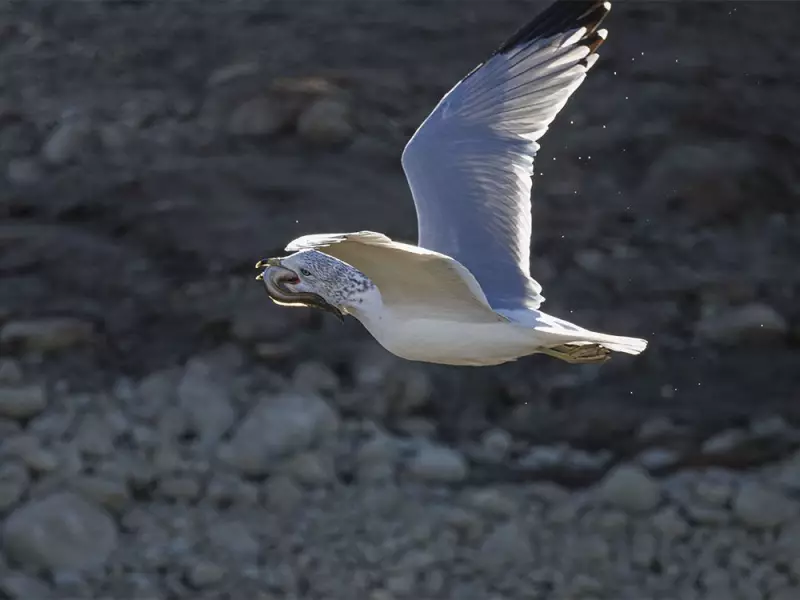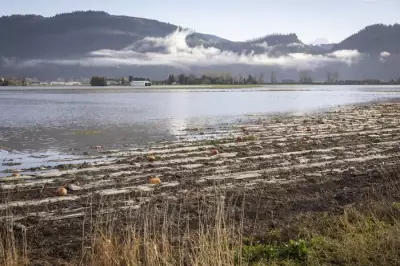
Each spring, as winter's grip loosens on Alberta, a spectacular natural event unfolds across the province's farmlands and wetlands. The sandhill cranes return by the thousands, creating one of Canada's most magnificent wildlife spectacles that transforms ordinary landscapes into theaters of natural wonder.
The Great Crane Migration: Alberta's Spring Phenomenon
These elegant gray birds, standing nearly four feet tall with distinctive red crowns, follow ancient migratory pathways that have been traced back millions of years. Their journey from southern wintering grounds to northern breeding territories brings them through Alberta in staggering numbers, creating opportunities for both seasoned birders and casual nature enthusiasts to witness something truly extraordinary.
Where to Experience the Crane Spectacle
Across central and southern Alberta, particularly in agricultural areas near Calgary and surrounding regions, the cranes gather in flooded fields and shallow wetlands. These intelligent birds often feed in harvested grain fields during the day, their distinctive rattling calls echoing across the countryside.
The best viewing typically occurs from late March through April, when the birds pause to rest and refuel before continuing northward. Prime locations include agricultural areas where standing water creates ideal roosting conditions overnight.
Understanding Crane Behavior and Conservation
Sandhill cranes exhibit fascinating social behaviors during their migration. Their complex dancing rituals, involving leaps, bows, and wing displays, serve both as courtship displays and social bonding exercises. These ancient birds form lifelong pair bonds and often return to the same territories year after year.
Conservation efforts have helped sandhill crane populations remain stable, though they still face challenges from habitat loss and environmental changes. Their successful adaptation to agricultural landscapes demonstrates nature's remarkable resilience when given space to thrive.
Tips for Responsible Crane Watching
- Maintain a respectful distance to avoid disturbing feeding or roosting birds
- Use binoculars or spotting scopes for close-up views without intrusion
- Visit during early morning or late afternoon when crane activity peaks
- Stay in your vehicle when possible, as cranes are often more tolerant of vehicles than pedestrians
- Respect private property and obtain permission before entering farmlands
The annual sandhill crane migration represents one of Alberta's most accessible and awe-inspiring wildlife events. It serves as a powerful reminder of the natural rhythms that continue alongside our modern lives, offering a chance to connect with ancient patterns that have graced these landscapes for millennia.





